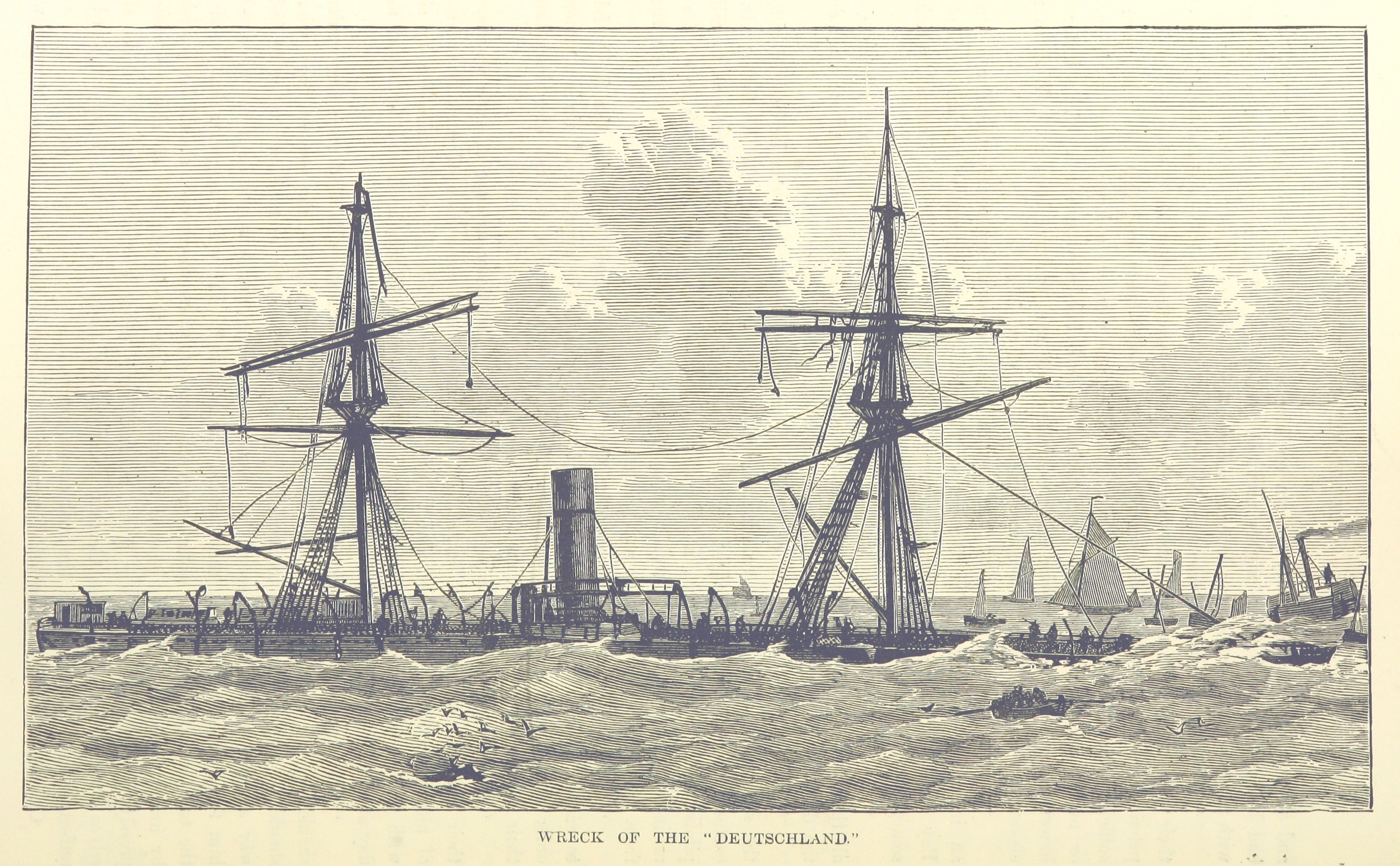|
Fisherman's Gat
Fisherman's Gat is a much-deepened channel in the North Sea, between the final long line of shoals loosely associated with the Thames Estuary. UK Hydrography Office. 2005. Accessed 18 July 2008. The channel cuts across Long Sand. In the west it opens onto the nominal cut-off point of Knock Deep (north) or the Princes Channel (south) which links to the Strait of Dover. In the west it opens to |
North Sea
The North Sea lies between Great Britain, Norway, Denmark, Germany, the Netherlands and Belgium. An epeiric sea, epeiric sea on the European continental shelf, it connects to the Atlantic Ocean through the English Channel in the south and the Norwegian Sea in the north. It is more than long and wide, covering . It hosts key north European shipping lanes and is a major fishery. The coast is a popular destination for recreation and tourism in bordering countries, and a rich source of energy resources, including wind energy, wind and wave power. The North Sea has featured prominently in geopolitical and military affairs, particularly in Northern Europe, from the Middle Ages to the modern era. It was also important globally through the power northern Europeans projected worldwide during much of the Middle Ages and into the modern era. The North Sea was the centre of the Viking Age, Vikings' rise. The Hanseatic League, the Dutch Golden Age, Dutch Republic, and the Kingdom of Grea ... [...More Info...] [...Related Items...] OR: [Wikipedia] [Google] [Baidu] |
Thames Estuary
The Thames Estuary is where the River Thames meets the waters of the North Sea, in the south-east of Great Britain. Limits An estuary can be defined according to different criteria (e.g. tidal, geographical, navigational or in terms of salinity). For this reason the limits of the Thames Estuary have been defined differently at different times and for different purposes. Western This limit of the estuary has been defined in two main ways: * The narrow estuary is strongly tidal and is known as the Tideway. It starts in south-west London at Teddington Lock and weir, Teddington/ Ham. This point is also mid-way between Richmond Lock which only keeps back a few miles of man-made head (stasis) of water during low tide and the extreme modern-era head at Thames Ditton Island on Kingston reach where slack water occurs at maximal high tide in times of rainfall-caused flooded banks. In terms of salinity the transition from freshwater to estuarine occurs around Battersea; east of th ... [...More Info...] [...Related Items...] OR: [Wikipedia] [Google] [Baidu] |
Strait Of Dover
The Strait of Dover or Dover Strait (french: Pas de Calais - ''Strait of Calais''), is the strait at the narrowest part of the English Channel, marking the boundary between the Channel and the North Sea, separating Great Britain from continental Europe. The shortest distance across the strait, at approximately 20 miles (32 kilometres), is from the South Foreland, northeast of Dover in the English county of Kent, to Cap Gris Nez, a cape near to Calais in the French département of Pas-de-Calais. Between these points lies the most popular route for cross-channel swimmers. The entire strait is within the territorial waters of France and the United Kingdom, but a right of transit passage under the United Nations Convention on the Law of the Sea allows vessels of other nations to move freely through the strait. On a clear day, it is possible to see the opposite coastline of England from France and vice versa with the naked eye, with the most famous and obvious sight being the W ... [...More Info...] [...Related Items...] OR: [Wikipedia] [Google] [Baidu] |
Black Deep
The Black Deep is in the outer Thames Estuary. It is the greatest of three mainly natural shipping channels linking the Tideway to central zones of the North Sea without shoals, the others being the Barrow Deep and Princes Channel. Between these, a few others, and the shores of Kent, Suffolk and Essex are many long shoals in the North Sea, broadly shallow enough to wreck vessels of substantial draft at low tide. Its open sea end is distant from but due east of Foulness Point and due south of Clacton-on-Sea (both in Essex) and is bounded by two large typical sandbank form of shoals, the Knock John and Sunk Sands to the north-west, and the Girdler and Long Sands, the largest of those away from the shore spread out to the south and east. Nautical markers Deep- draught vessels making for the Port of London from the North Sea use it to approach from the north-east from the position of the Sunk lightship, thence into the narrow Knock John channel, to enter the Tideway (lower Thames) ... [...More Info...] [...Related Items...] OR: [Wikipedia] [Google] [Baidu] |
Kentish Knock (England)
The Kentish Knock is a long shoal (bank, shallows) in the North Sea east of Essex, England. It is the most easterly of those of the Thames Estuary and its core, which is shallower than , extends . Thus it is a major hazard to deep-draught navigation. It is exactly due east of Foulness Point, Essex and is centred about NNE of North Foreland, Kentboth are extreme points of those counties. Shape It is about equidistant between, on the one hand, the south-west North Sea tidal amphidromic point (place of negligible tides); and splayed on the other the narrowest point and endpoint of the English Channel (the Strait of Dover) (southeast) and heart of the Tideway (southwest) which have by contrast high tidal range. It is thus among a succession of banks which are aligned NNE to SSW but turn towards the estuary narrowing further west. In line with the erosion and deposition from each such regular tide, its northits steepest, narrowest part veers slightly more towards north-south alig ... [...More Info...] [...Related Items...] OR: [Wikipedia] [Google] [Baidu] |


